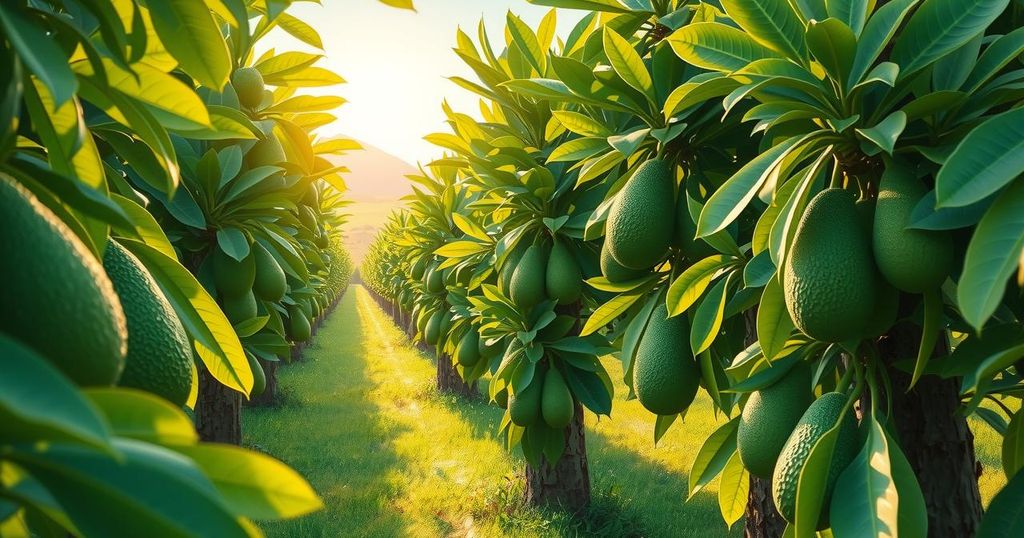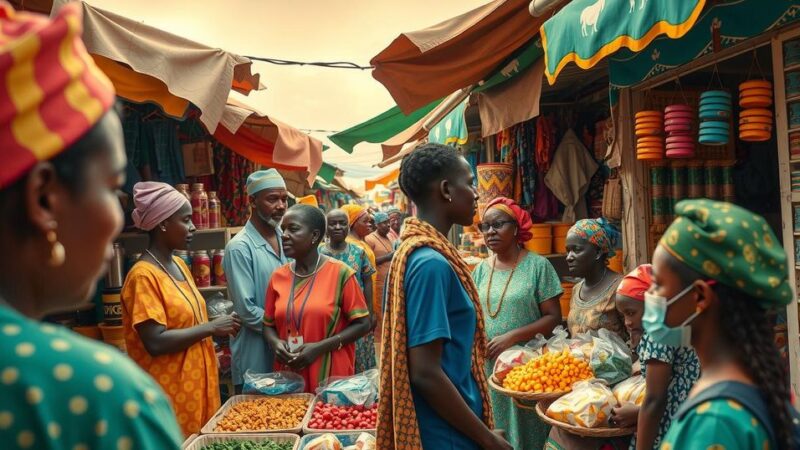A recent report forecasts a slowdown in Peruvian avocado plantings over the next five years due to diminished profitability and environmental challenges. The findings indicate that while avocado cultivation expanded from 2019 to 2022, new plantings have sharply declined since then. Noteworthy regions like Olmos and Chavimochic face unique hurdles, prompting a recommended shift towards improved agricultural practices.
A collaborative report by the Hass Avocado Board and Cirad has indicated a significant slowdown in Peruvian avocado plantings over the next five years. This mid-term projection aims to assist investors, growers, and industry professionals in strategizing their marketing efforts based on evolving market conditions.
Initiated in 2019, the project evaluated the avocado market across key producing nations, including Peru, Mexico, California, Chile, and Colombia. After five years, the organizations provided updated insights into how the avocado sector has transformed and projected industry trends leading towards 2030.
The report reveals that avocado cultivation continued to expand from 2019 to 2022; however, a marked decline in new plantings has occurred since then. It estimates that the avocado cultivation area will reach approximately 76,750 hectares by 2024, with Olmos, Chavimochic, Lima Valleys, and Sierra being the key growing regions.
Both Olmos and Chavimochic have experienced a notable decrease in planting rates due to a variety of challenges. Olmos has seen reduced profitability and increased water limitations alongside extreme weather conditions. Chavimochic, on the other hand, faces difficulties from a lack of affordable land, market saturation, and competition from alternative crops such as blueberries and emerging grape varieties.
In contrast, the Lima Valleys and Sierra regions are progressing at a more gradual pace. Various socioeconomic, climatic, and political factors have adversely impacted the Peruvian avocado market over the last five years, contributing to declines in profitability.
Factors affecting profitability include rising production costs, disappointing yields, lower returns due to competition from the EU, market saturation, and the escalation of climate issues, alongside political instability. Despite the anticipated slowdown in growth, the report expresses optimism for new plantings, suggesting that improvements can be achieved through replanting with climate-resilient rootstocks and enhancing cultivation techniques.
In conclusion, the report by the Hass Avocado Board and Cirad indicates a slowdown in avocado plantings in Peru, largely influenced by economic and environmental challenges. Although the immediate outlook is one of reduced growth, there remains potential for advancement through improved agricultural practices and better rootstock selection. Stakeholders in the avocado industry must adapt to these evolving conditions to maintain profitability and production levels.
Original Source: www.freshfruitportal.com






